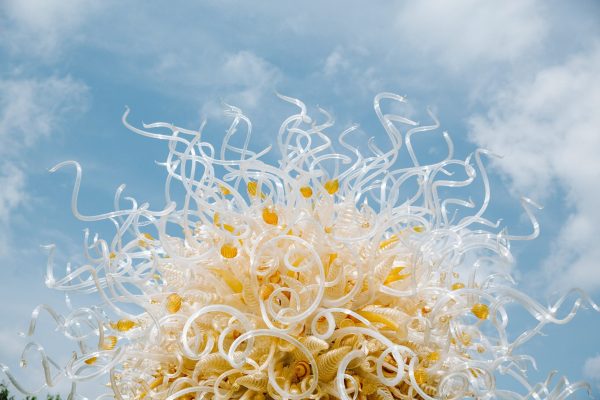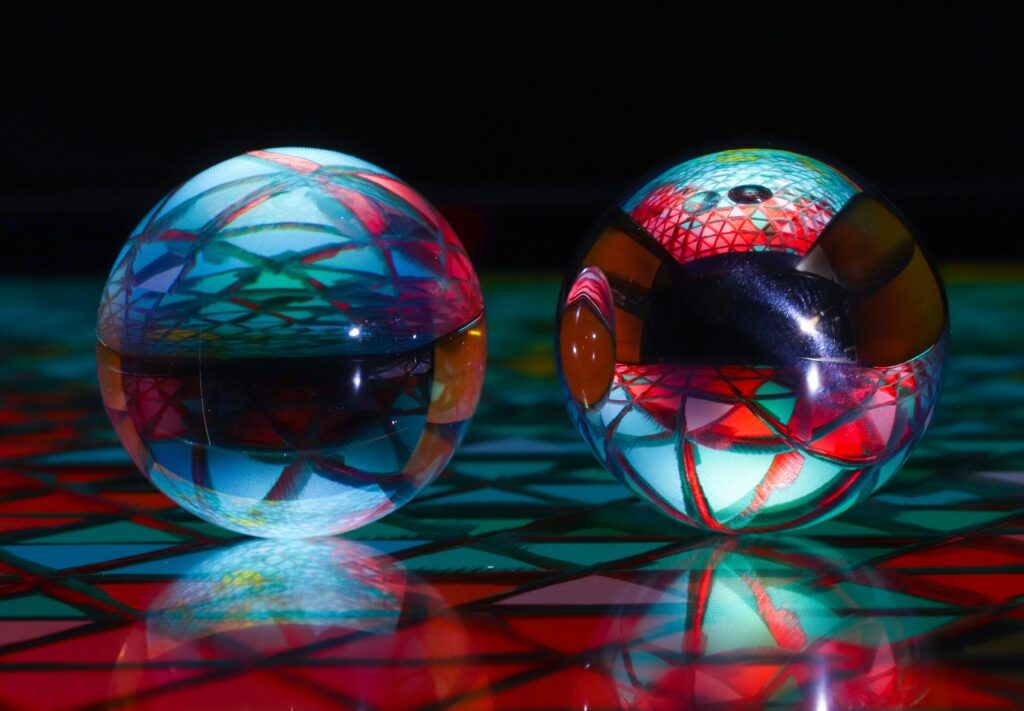About Us
Perfect Exhibitions
The 2015 British Glass Biennale winners
After months of anticipation, the winners of the British Glass Biennale, the crown jewel of the International Festival of Glass, have been revealed.
Rosy Greenlees of the Crafts Council officially opened the festival’s main attraction, the Biennale, which is also the most important annual event in the field of British glass art. If being invited to the Biennale was a significant achievement for a glass artist, winning the prize would undoubtedly put them on the map.
- Magical Glass
- Contemporary Glass Art
- Inspiration


A trip necessitates some planning ahead of time
Using the nearby motorway, visitors from all over the United Kingdom can reach the British Glass Biennale in a matter of hours.
By Car
Stourbridge Junction is the nearest train station, and Birmingham and Wolverhampton are the nearest bus stops, according to public transportation. From the train or bus station, take a taxi or a local bus to the Ruskin Glass Centre, which is located just off the A461. The Midland Mainline connects Birmingham’s train station with London’s Marylebone station in a quick and inexpensive manner.
By The Public Transportation
Visit Us!
Even after the Public Festival concludes, the Biennale will remain free and open to the public. Similarly, the Biennale welcomes group visits and can arrange a variety of benefits for them, including:
Guided tours of the British Glass Biennale are now available. Award winners, artists whose works are highly sought after by collectors, and promising newcomers are among the highlights of the exhibition.
Visits to the Ruskin Glass Centre accompanied by an expert guide. The building was extensively renovated in 2010 and now houses over 15 individual designer/makers. Take a tour of the brand-new facility and meet some of the creators.
Catering services and guaranteed seating are available for groups at the Ruskin Glass Centre’s cafe.
IMPORTANT: YOU LEARN THESE 3 GLASS ART TYPES
Glass is a highly malleable material that can be formed into any shape imaginable and has the artistic quality of distorting and reflecting light in a unique way. Glass has been used in a variety of artistic disciplines due to its adaptability.
The process of creating glass artwork can be divided into three distinct types. There are three types of glass, which are referred to as hot, warm, and cold, in that order. These three broad categories encompass all of the various ways in which glass artists can manipulate glass.

HOT GLASS
Hot glass art is created by heating the glass to temperatures of 2,000 degrees or higher. Glass blowing and casting are just two of the many techniques used in this field of art to work with molten glass collected from a furnace.
To make glass bubbles, molten glass must be collected from a furnace and directed to the end of a blowpipe.
Pouring molten glass into a mold, where it cools and hardens into a finished product, is the process of casting glass.
WARM GLASS
Warm glassmaking methods involve heating the glass in an oven or kiln to temperatures ranging from 1200 to 1600 degrees. Because this type of glass is formed in a kiln rather than a furnace, it is known as kiln-formed glass. Warm glass techniques such as slumping and fusing are commonly used to create plates, tiles, and sheets.
Slumping involves heating glass until it takes on the shape of the substrate below.
Heat and a torch can be used to fuse glass together.
COLD GLASS
Finally, there is glass that is ‘cold.’ This category includes any artistic method of working with glass that does not involve heating the glass.
Cold glass techniques include polishing, cutting, engraving, grinding, sandblasting, and etching.
Etching techniques, for example, can be used to change the look and feel of glass by applying acid or blasting it with grit.
